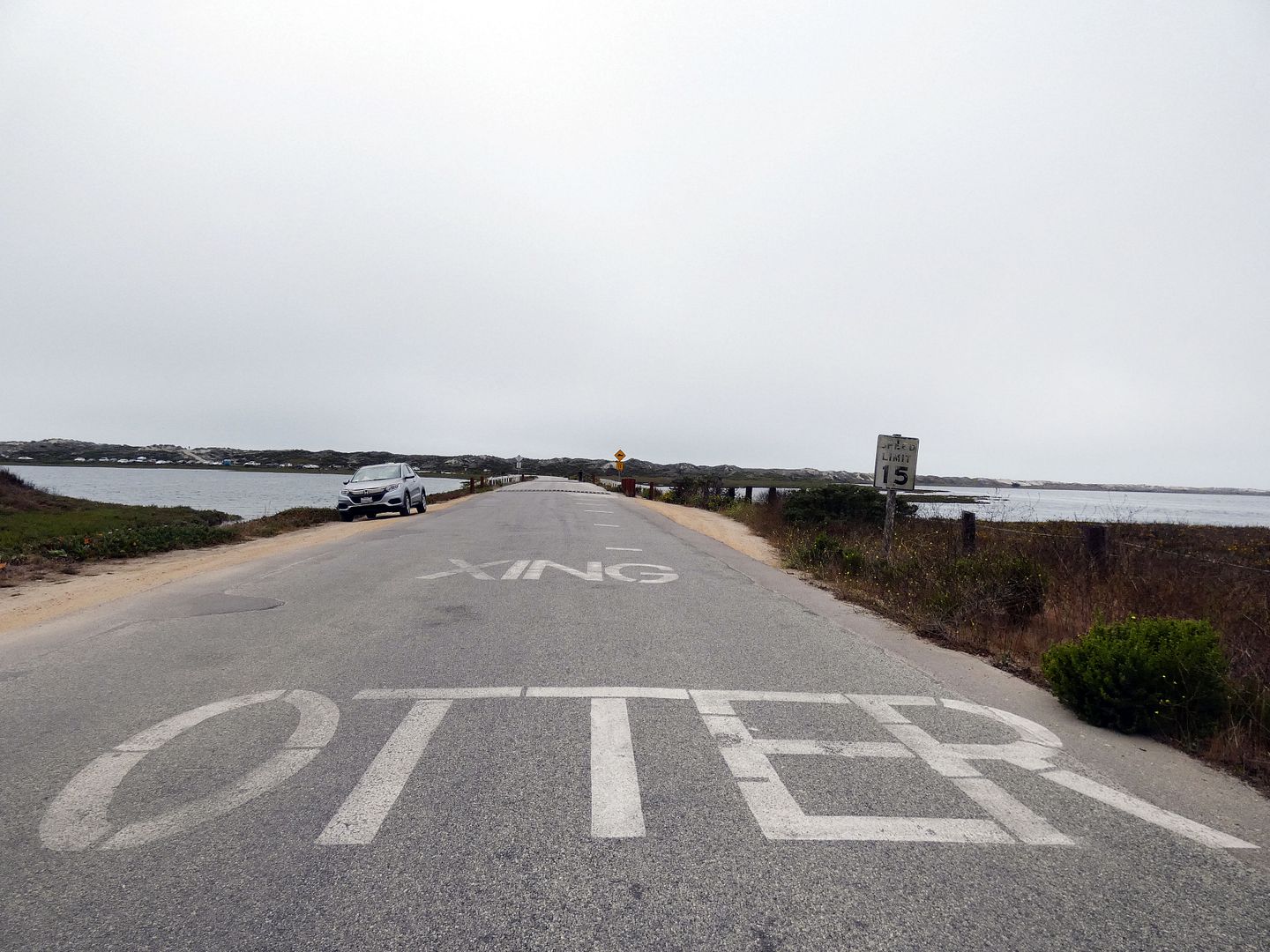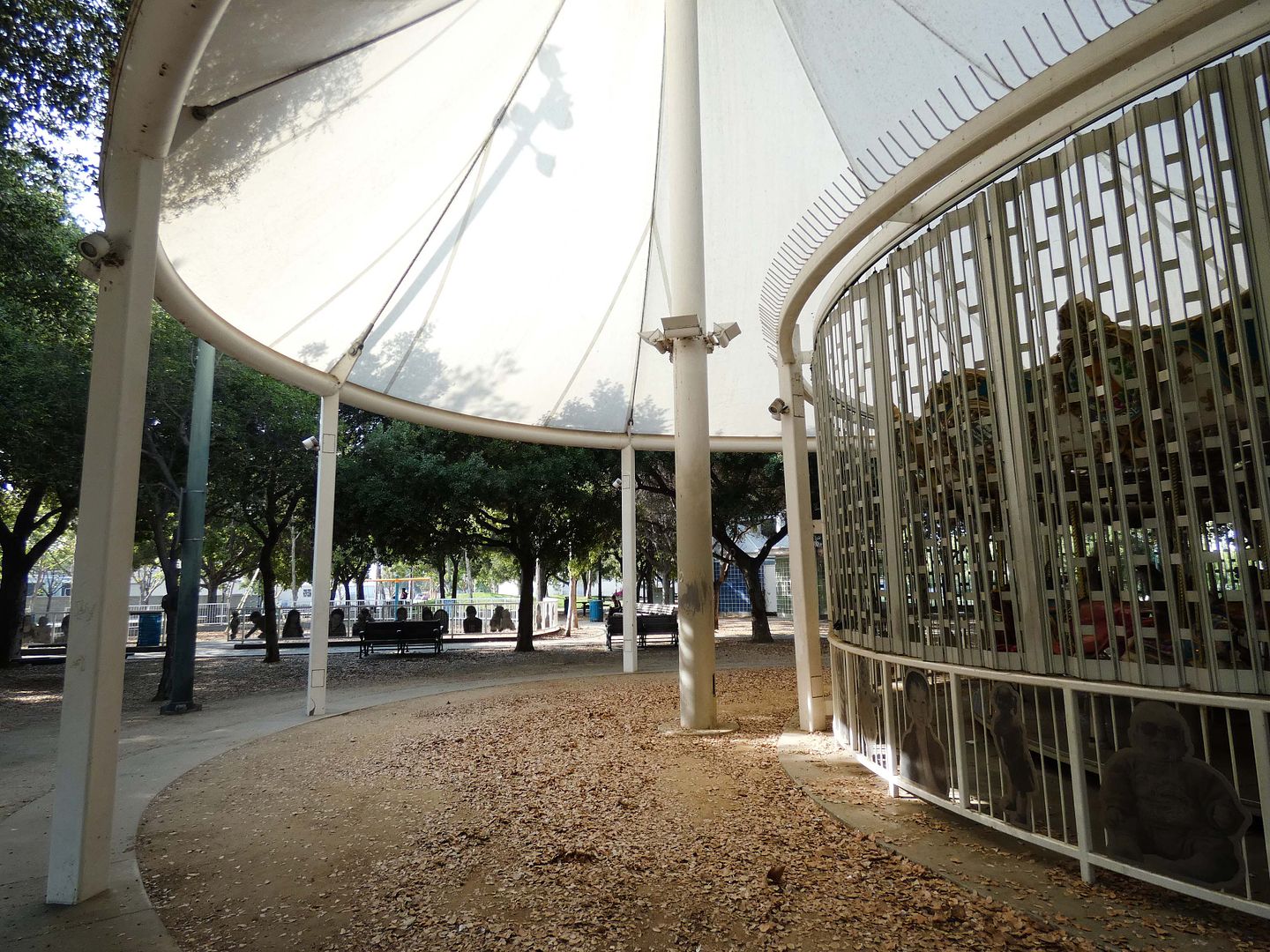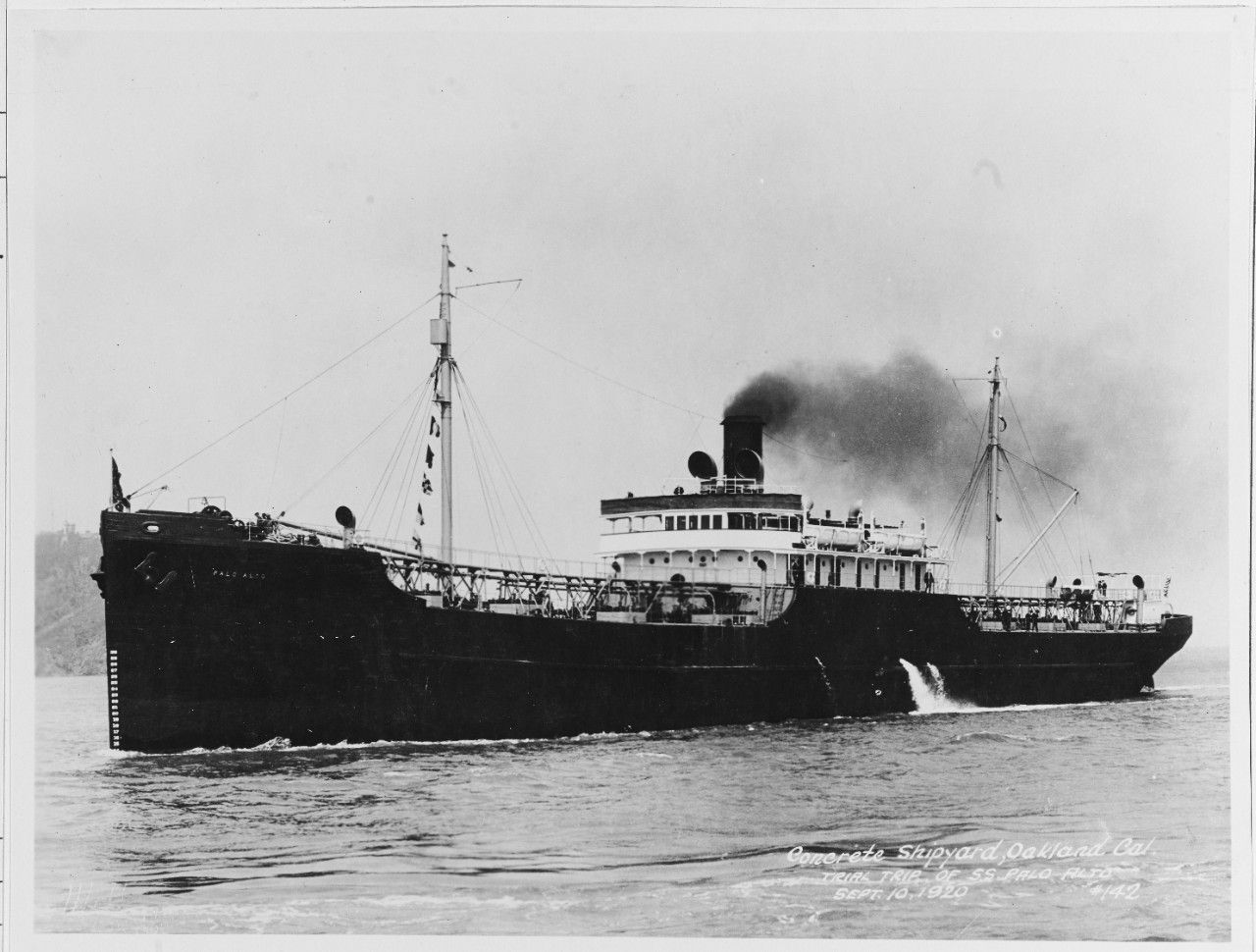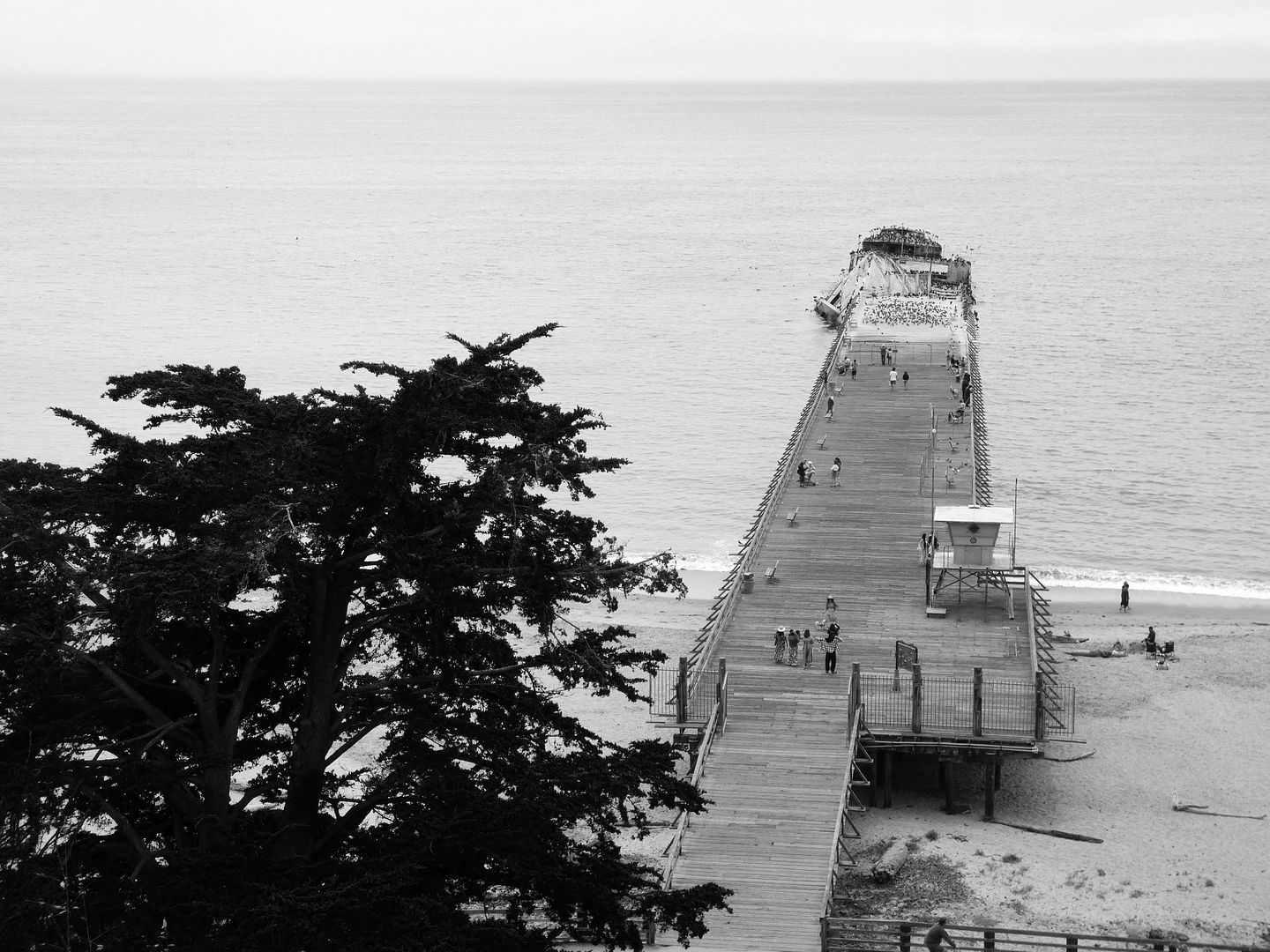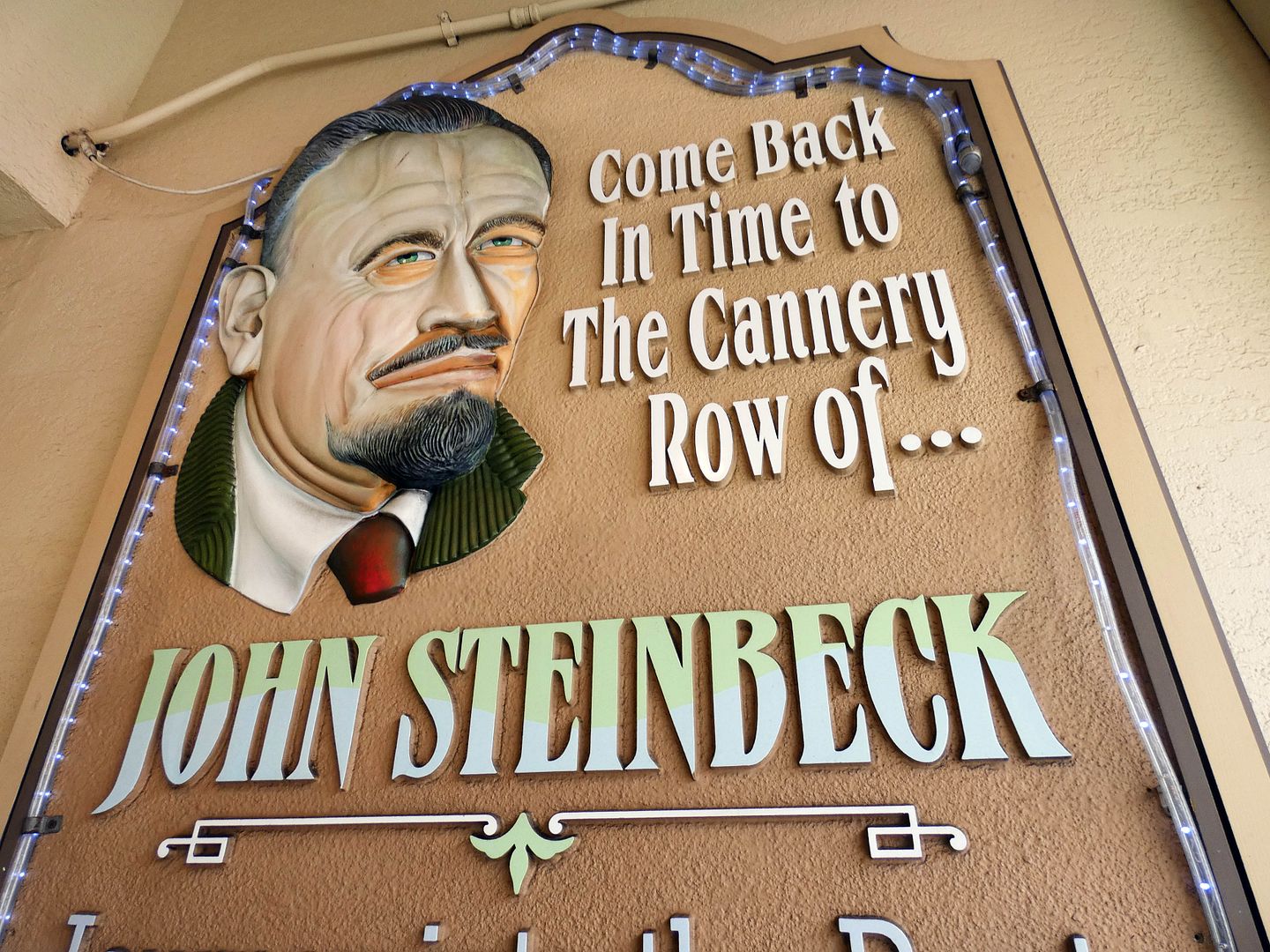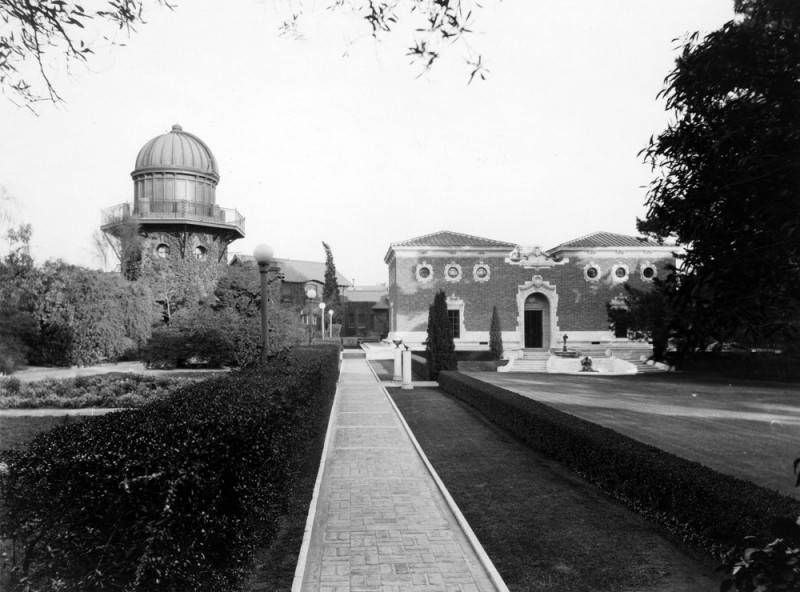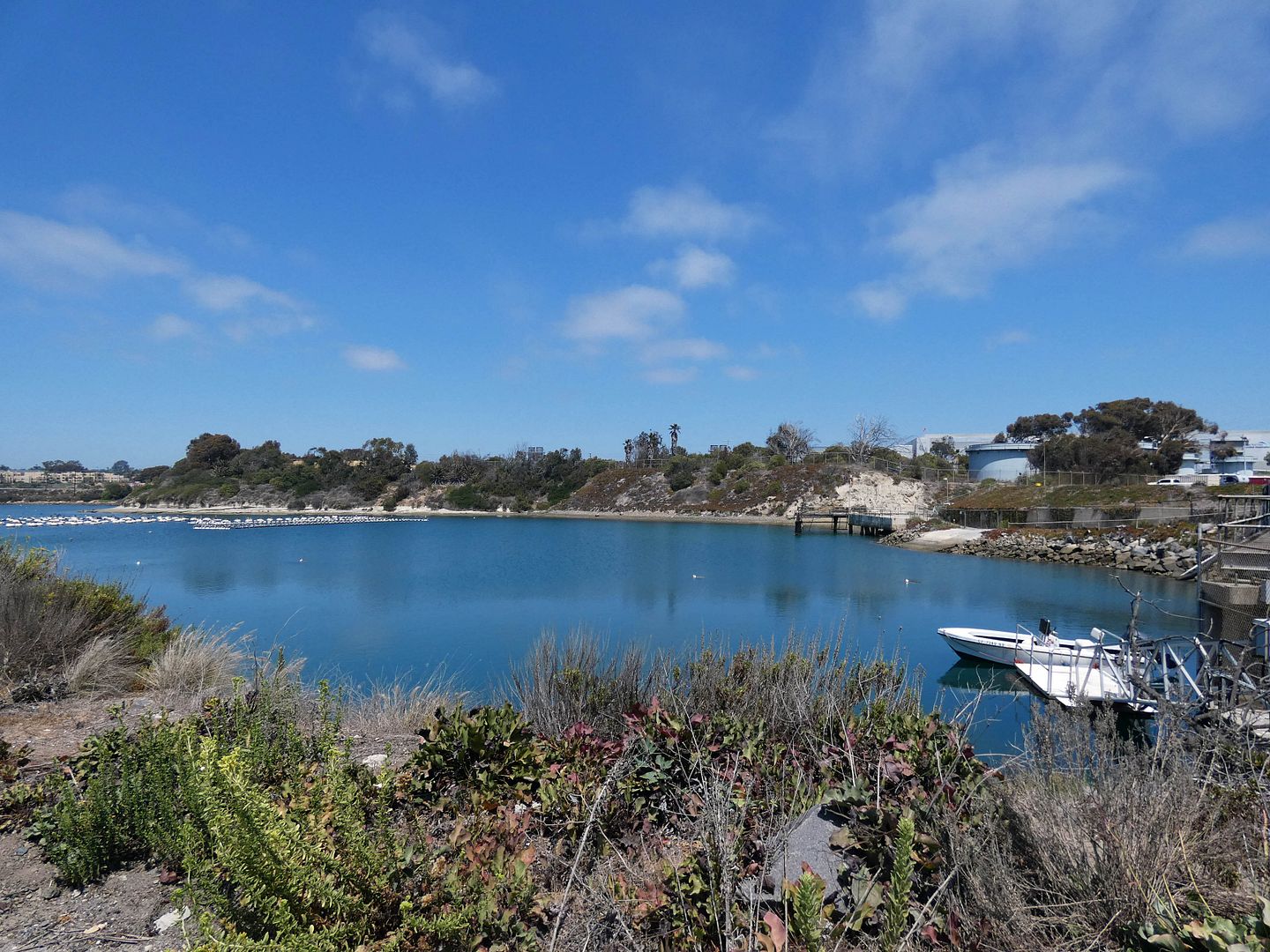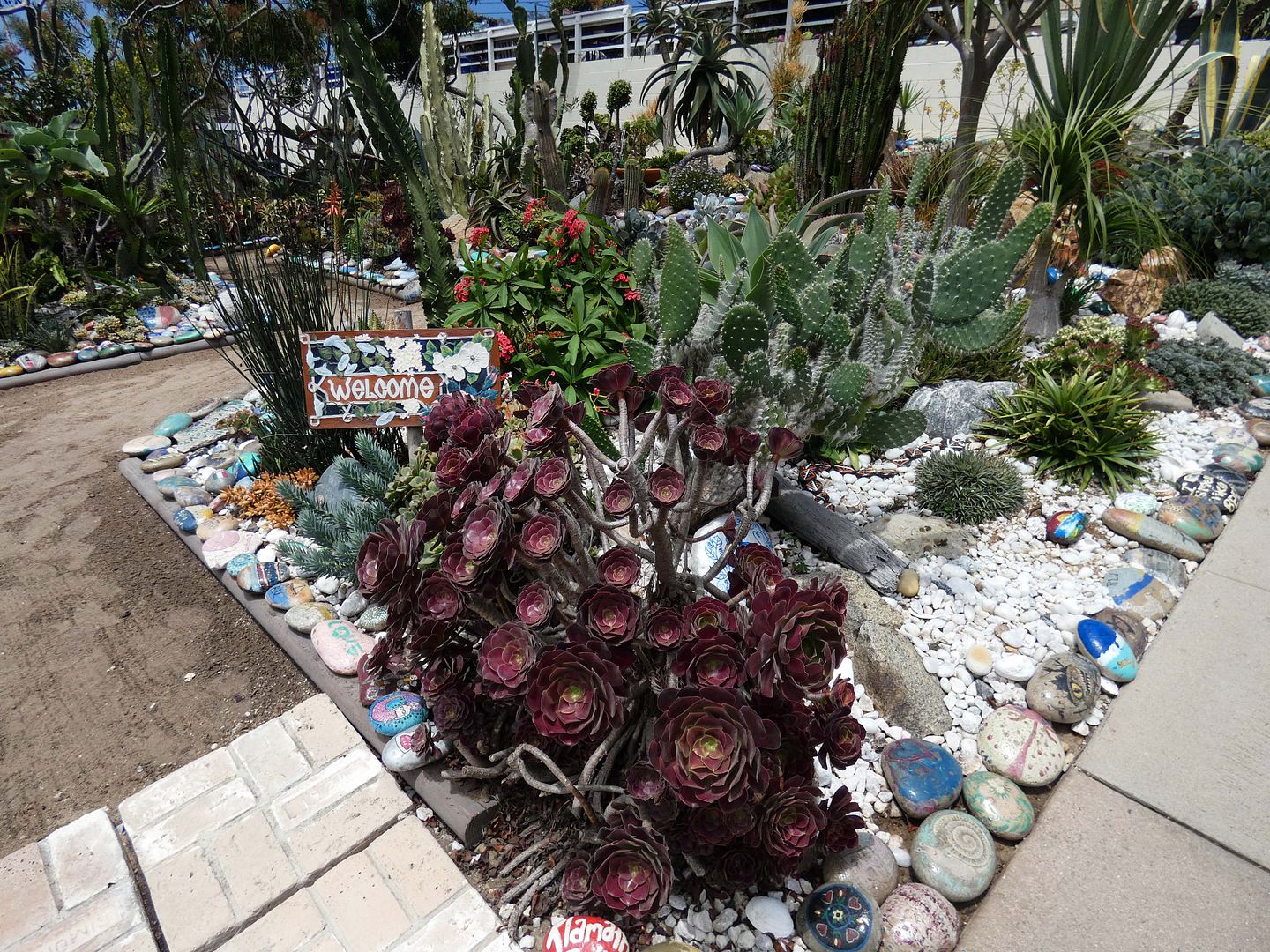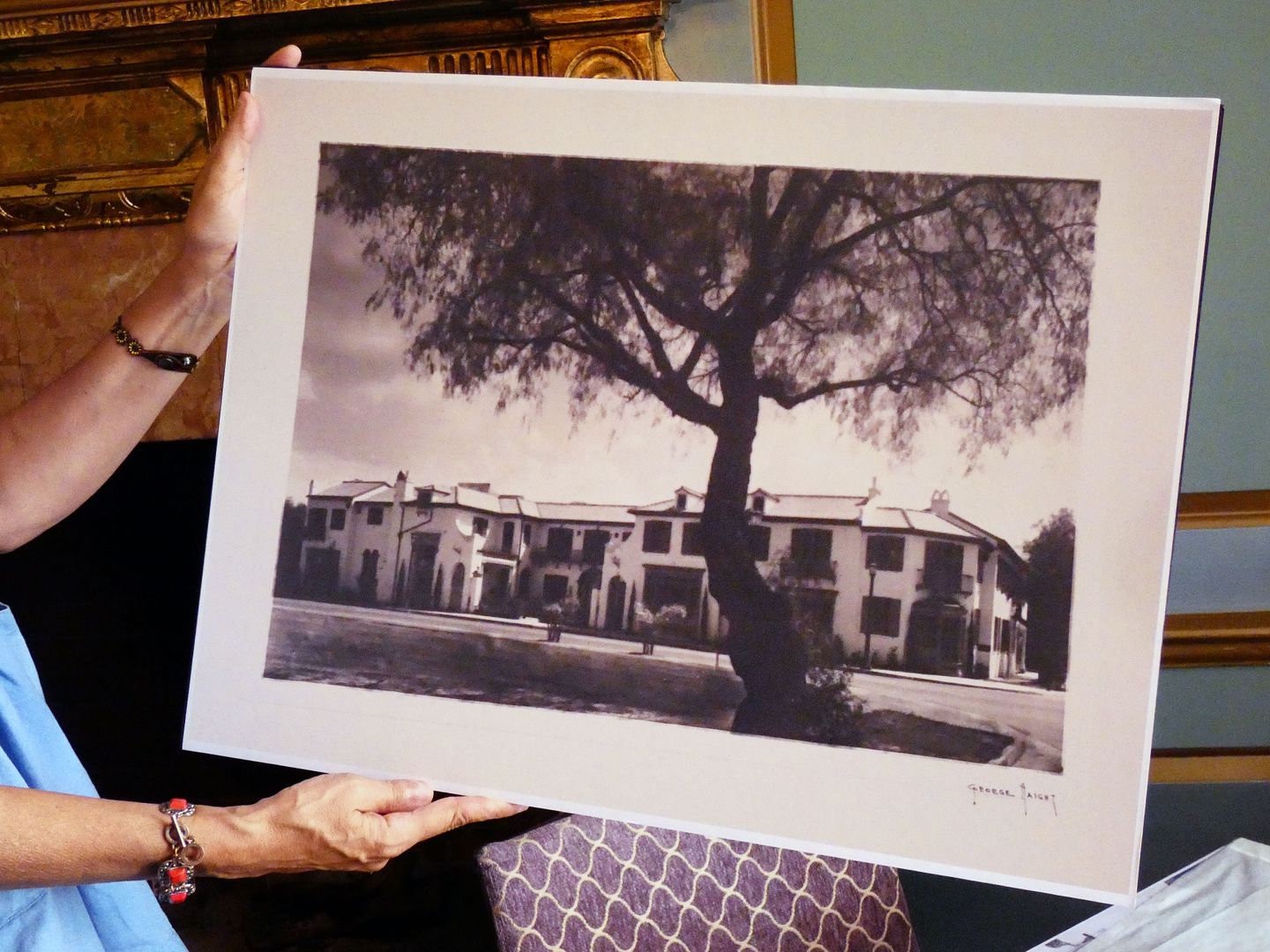[Last updated 7/21/24 10:52 AM PT—In May 2024, Carlsbad Aquafarm posted the following on Facebook: "Carlsbad Aquafarm will no longer host public tours due to logistics issues and concerns for public safety in accessing the farm off Carlsbad Boulevard."]
Carlsbad Aquafarm has been growing various types of sea life in the outer Agua Hedionda Lagoon—a tidal wetland that shares water with the Pacific Ocean—since it first arose out of a 1960s-era San Diego State University aquaculture research facility in 1990.
But it was only five months ago that it first started conducting public tours—and only last week that those tours came on my radar.
